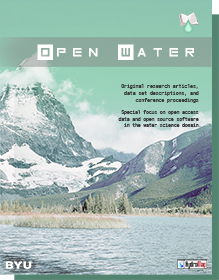Article Title
Design and Development of a Web Mapping Prototype for Participatory Water Quality Mapping
Keywords
Citizen science; web mapping; open-source software; water quality; Web GIS; interpolation
Abstract
Citizen science is becoming more and more prominent in everyday life. With this growth in the participation and contribution of scientific research comes an ever-increasing amount of data and findings. The collection of water quality data is just one example out of a plethora that exists. While these types of data are being collected, there are very few open options that allow users to engage with said data. Further, with the continuous evolution of technology and the general public coming to understand how earth feature representations in a spatial format, we see the emergence of web mapping and ways to analyze data through different criteria or methodology. There seems to be a lack of a way for citizens to analyze water quality data in a spatial format that allows them to project either their findings or someone else's that can quickly deliver an idea of what is going on in the world's hydrological ecosystem. Through open-source software and over 40 years of local hydrological data, we have created an easy to use web map that allows for the interpolation of water bodies and the sample characteristics that exist within them. Given our results, this project has the potential to be heavily built upon and expanded through the inclusion of other interpolation methods, key historical data, and an expanding library of sample characteristics. We believe that this research will aid local communities in furthering their knowledge of the health and wellness of their bays, bayous, rivers, and more, and will encourage those people to continue their hard work and encourage others to get involved.
BYU ScholarsArchive Citation
Adkison, Austin; Morgan, John D.; Snider, Dallas; and Schwartz, Matthew
(2021)
"Design and Development of a Web Mapping Prototype for Participatory Water Quality Mapping,"
Open Water Journal: Vol. 7:
Iss.
1, Article 2.
Available at:
https://scholarsarchive.byu.edu/openwater/vol7/iss1/2
